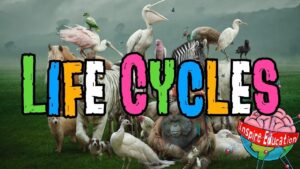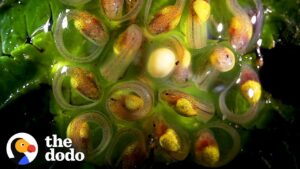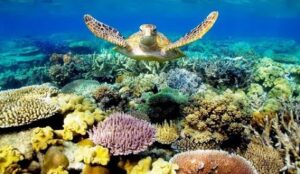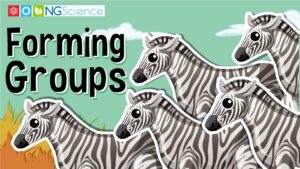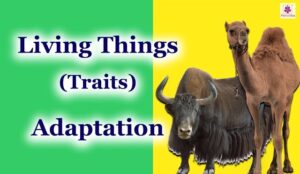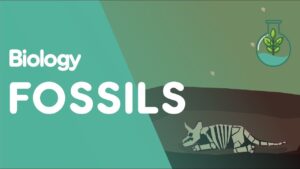A fossil is the remains or impression of an organism from a previous geological period that has been preserved in the Earth’s crust. In this video, students will find out about the two major categories of fossils, how fossilization occurs, and how fossils can help paint a picture of the planet’s history. Fossils are divided into two major types – body fossils and trace fossils. The first type, body fossils, are the fossilized remains of an animal or plant, like bones, shells, and leaves. The second type of fossil records the activity of an animal. Fossilization is the process that occurs when plant and animal remains are preserved in sedimentary rock. Fossilization occurs after an organism dies and only affects hard body parts, such as bones and shells. Over time, the sediment hardens, and the shell dissolves away, leaving a mold of itself.
This video satisfies the 3-LS4-1 requirement for third-grade science proficiency.
Students who demonstrate understanding can:
3-LS4-1. Analyze and interpret data from fossils to provide evidence of the organisms and the environments in which they lived long ago.

















